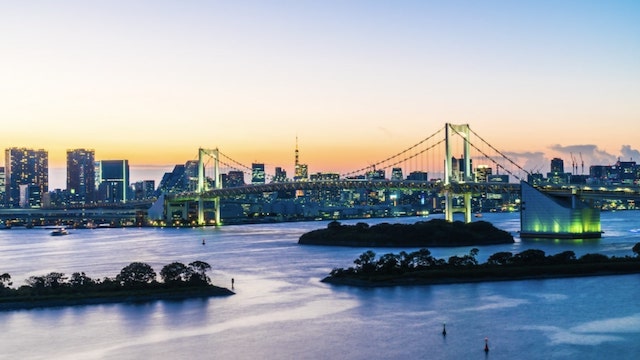Oct 09 (News On Japan) - The intersection of modern interior design and real estate has become increasingly significant in recent years, fundamentally transforming how properties are valued, marketed, and sold.
As buyers become more sophisticated and design-conscious, the aesthetic presentation of a home has evolved from a secondary consideration to a primary factor in purchasing decisions. This shift has created ripple effects throughout the entire real estate ecosystem, influencing everything from property values to market dynamics.
The Growing Economic Influence of Design
The interior design industry itself has experienced remarkable growth, reflecting its expanding importance in the real estate sector. The U.S. interior design market was valued at approximately 39.4 billion dollars in 2023 and is projected to reach 58.5 billion dollars by 2032, growing at a compound annual growth rate of 4.5 percent. This substantial expansion demonstrates not only the increasing demand for professional design services but also the recognition that quality interior design directly impacts property marketability and value.
The global interior design market shows even more impressive growth trajectories, with projections estimating the market will reach 269.23 billion dollars by 2033, growing at 8.3 percent annually. These figures underscore a fundamental shift in how property owners and real estate professionals approach the presentation and enhancement of residential and commercial spaces. The investment in interior design is no longer viewed as a luxury but rather as a strategic necessity in competitive real estate markets.
Changing Consumer Expectations
Modern buyers approach real estate transactions with dramatically different expectations than previous generations. The pandemic period accelerated this transformation, with 51 percent of interior designers reporting adaptation to new consumer demands and preferences. Homebuyers increasingly expect properties to showcase contemporary design elements, from open-concept layouts to carefully curated lighting schemes that include brand new ceiling lights and integrated fixtures that enhance both functionality and ambiance.
This evolution in expectations has forced sellers and real estate agents to reconsider their approach to property presentation. Homes that feature dated interiors or lack cohesive design elements often languish on the market, while properties with modern, well-executed design concepts tend to attract more interest and command higher prices. The difference between a property that sells quickly and one that struggles often comes down to how effectively it incorporates contemporary design principles.
Design's Direct Impact on Property Values
The relationship between interior design quality and property valuation has become increasingly quantifiable. Real estate professionals have observed that homes featuring modern design elements consistently achieve higher sale prices compared to similar properties with outdated interiors. While specific premium percentages vary by market and property type, the correlation between thoughtful design implementation and increased home value is undeniable.
Professional staging and design services have become standard practice in many markets, particularly in the luxury segment. Although luxury listings are growing at a more modest rate of approximately 3 percent compared to previous years, designers working in this space recognize the critical importance of creating unique, personalized environments that differentiate properties in competitive markets. The investment in professional design services typically generates returns that substantially exceed the initial costs.
The Role of Sustainability and Technology
Modern interior design's impact on real estate extends beyond aesthetics to encompass sustainability and technological integration. The demand for sustainable materials and eco-friendly design approaches continues to expand, with projections suggesting this segment will reach 276 billion dollars by 2024. Properties that incorporate sustainable design elements appeal to environmentally conscious buyers and often benefit from reduced operating costs, making them more attractive long-term investments.
Technology integration has also become a defining characteristic of modern interior design in real estate. Smart home features, integrated lighting systems, and energy-efficient appliances are no longer novel additions but expected components of contemporary properties. Homes that seamlessly incorporate these technological elements within cohesive design schemes command premium prices and attract tech-savvy buyers.
The Certification Advantage
The professionalization of interior design has influenced buyer confidence and willingness to invest in designed properties. Research indicates that 65 percent of clients prefer working with certified interior designers, reflecting growing recognition of the value that professional expertise brings to property enhancement. This preference extends to home purchases, where buyers increasingly seek properties that have been professionally designed or are turnkey ready with modern interiors.
Looking Ahead
The trajectory of modern interior design's influence on real estate shows no signs of slowing. As younger generations with strong design preferences enter the housing market, the expectation for aesthetically pleasing, functional, and sustainable interiors will only intensify. Real estate professionals who understand and leverage the power of contemporary interior design will find themselves at a significant advantage in markets where visual appeal and lifestyle alignment drive purchasing decisions.
The convergence of design and real estate represents more than a temporary trend; it reflects a fundamental reimagining of how we evaluate and experience residential and commercial spaces. Properties are no longer merely shelter or investment vehicles but expressions of personal style and lifestyle aspirations, making modern interior design an indispensable component of real estate value and marketability.















